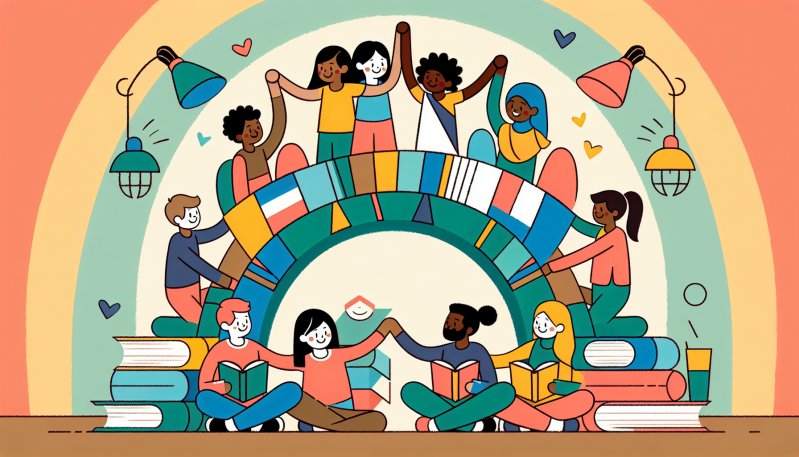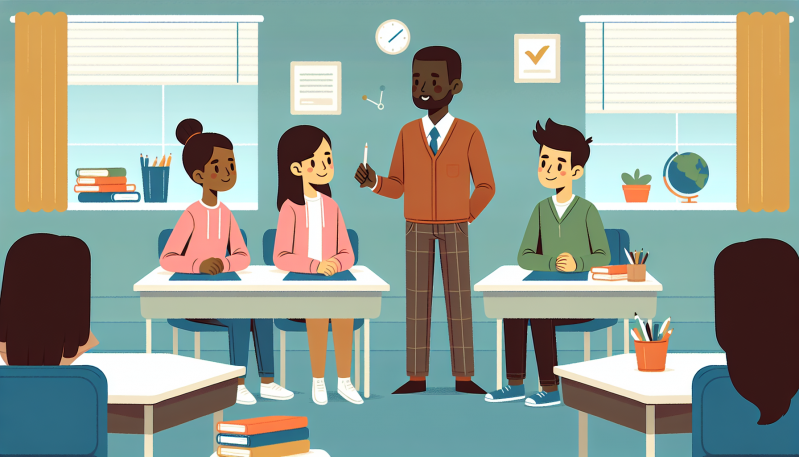As we delve into the digital age, social media has become an integral part of most young people’s lives, often starting as early as elementary school. With the rise of various platforms, students are constantly connected, which can have profound implications for their mental health, self-esteem, and the way they navigate friendships. It is crucial for parents, educators, and students to understand the impact of digital life on the mental well-being of young individuals and work together to create a positive online environment.
One of the most pressing concerns is the effect of social media on mental health. Studies suggest that while social media can provide valuable support and connections, it can also contribute to feelings of inadequacy, anxiety, and depression. The constant exposure to curated highlights of others’ lives can set unrealistic expectations, especially among children and teens who are still developing their sense of self. Furthermore, the potential for cyberbullying and online harassment is a significant risk, with long-lasting effects on the mental health of victims.
Self-esteem is another area where social media wields great influence. Likes, comments, and shares have become social currency, often dictating a young person’s sense of worth. This reliance on external validation can undermine the development of a stable self-concept that is less dependent on peer approval. Educators and parents can help by discussing the curated nature of social media content with students and children, reinforcing the message that self-worth should not be based on online feedback.
The way friendships are navigated in the digital age has also transformed. Social media can help maintain and strengthen connections, but it can also create misunderstandings and a fear of missing out (FOMO). Encouraging children to engage in face-to-face interactions and teaching them to use digital platforms responsibly can foster healthier peer relationships.
So, what role do schools play in all of this? Educational institutions have the opportunity to promote digital citizenship by incorporating it into the curriculum. Lessons on online safety, empathy, and respect in digital interactions can lay the groundwork for healthier online habits. Schools can also provide resources for mental health support, helping students who may be struggling with the negative effects of social media use.
Parents and students can take proactive steps to cultivate a positive online presence. Encouraging mindful social media use, setting boundaries for screen time, and engaging in open conversations about online experiences can go a long way in ensuring a healthy digital environment. Schools and parents can collaborate on initiatives like Friendship Week to provide platforms where kindness, loneliness, mental health, and diversity, equity, and inclusion (DEI) are openly discussed and addressed.
As a community, we must strive to balance the benefits of staying connected with the need to maintain a healthy, supportive, and kind environment both online and offline. By working together to educate and empower our children and adolescents, we can navigate the complexities of social media and its impact on their lives. This blog post is just the beginning; let’s continue the conversation and implement strategies for fostering digital kindness and well-being.
Stay tuned for more insights and practical tips on creating supportive online communities for students. Together, we can make a difference in the digital landscape of our schools.


